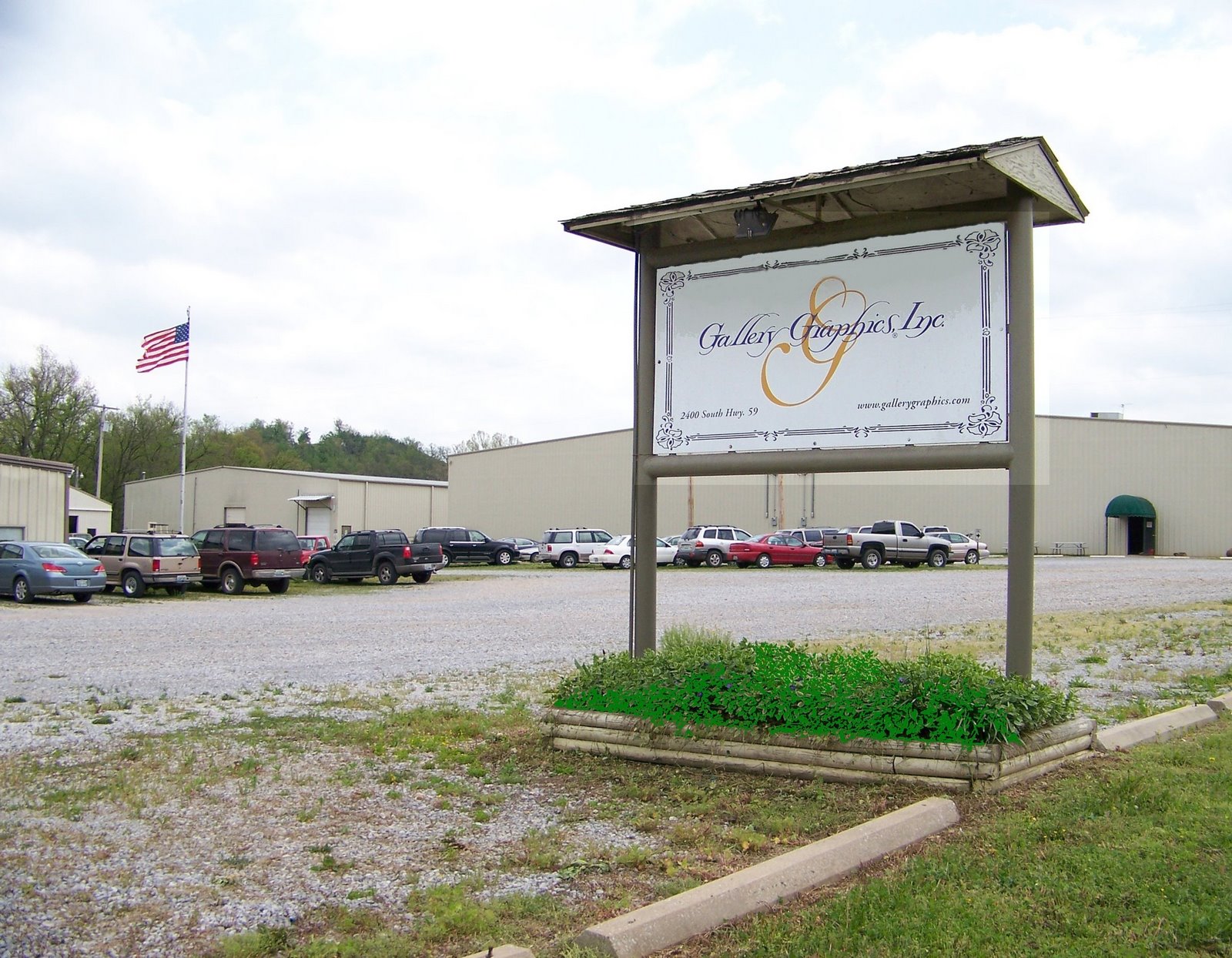 Cicely Mary Barker - (June 28, 1895 - February 16, 1973) Cicely Mary Barker was born in 1895 in Croydon, a town near London, England. She suffered from epilepsy as a child and remained physically delicate for most of her life. Cicely Mary Barker was unable to go to school, so she was educated at home and spent much of her time on her own, reading and drawing.
Cicely Mary Barker - (June 28, 1895 - February 16, 1973) Cicely Mary Barker was born in 1895 in Croydon, a town near London, England. She suffered from epilepsy as a child and remained physically delicate for most of her life. Cicely Mary Barker was unable to go to school, so she was educated at home and spent much of her time on her own, reading and drawing.In 1908, when Cicely Mary Barker was 13, her father enrolled her at Croydon Art Society, where they both exhibited work. She also enrolled in a Correspondence Art course which she continued until 1918. At 16, Cicely Mary Barker was elected a life member of Croydon Art Society, the youngest person ever to receive this honour. The art critic for the Croydon advertiser commented: "Her drawings show a remarkable freedom of spirit. Cicely Mary Barker has distinct promise."
In 1911, when she was 15 her father submitted some of her work to Raphael Tuck, the stationery printer, who bought four of her pictures for greeting cards. From this time onwards, Cicely Mary Barker was able to sell her work to magazines, to postcard and greeting card manufacturers, and later to book publishers. This was very helpful to the family finances for her father died when Cicely Mary Barker was 17, leaving Cicely, her elder sister and her mother in difficult circumstances.
Cicely Mary Barker was industrious and determined. She sent her flower fairy paintings to several publishers before Blackie accepted them for publication in 1923. She was paid only £25 for a total of twenty-four illustrations and verses in Flower Fairies of the Spring, the first of the Flower Fairy series. Seven more little books about Fairies were to follow. Cicely Mary Barker was also influenced by the huge popular interest in fairies which developed from the Victorian enthusiasm for fairy stories and was epitomised by the immense popularity of J M Barrie's Peter Pan in the early part of the 20th century. Published in 1923, Flower Fairies of the Spring was well received by a post-industrial, war-weary public who were charmed by Cicely Mary Barker's vision of hope and innocence, which seemed to evoke a less aggressively modern world.
A Joy Ride, Elves and Fairies, 1918 Queen Mary did much to encourage the vogue for fairy paintings during the 1920s by frequently sending postcards depicting fairies to her friends. This popularity saw the publication of Cicely Mary Barker's Elves and Fairies postcards in 1918.
Cicely Mary Barker always used real-life models for her paintings. Most of the models came from the kindergarten her sister Dorothy ran in the back room of the house in which they lived. She also painted the children and relatives. One of her models was Gladys Tidy, the young girl who came to the house every Saturday to do the household work.
Cicely Mary Barker always asked the child model to hold the flower, twig or blossom of a particular fairy, for she wanted to be sure of the accuracy of her depiction of the shape, texture and form of the plant. Her only alteration was to the size, she enlarged the flower to make it the same size as the child.
Cicely Mary Barker's flowers are always botanically accurate. If she could not find a flower close at hand, she enlisted the help of staff at Kew Gardens, who would often visit with specimens for her to paint. Cicely Mary Barker's Fairies are not ethereal fairies of the supernatural, but portraits of real children, whose characters match the characters of the flowers.
If you would like to see more images by Cicely Mary Barker or purchase them, you may visit www.gallerygraphics.com or call us at 1-800-367-4370.
Information by provide by: http://en.wikipedia.org/wiki/Cicely_Mary_Barker Wikipedia





No comments:
Post a Comment